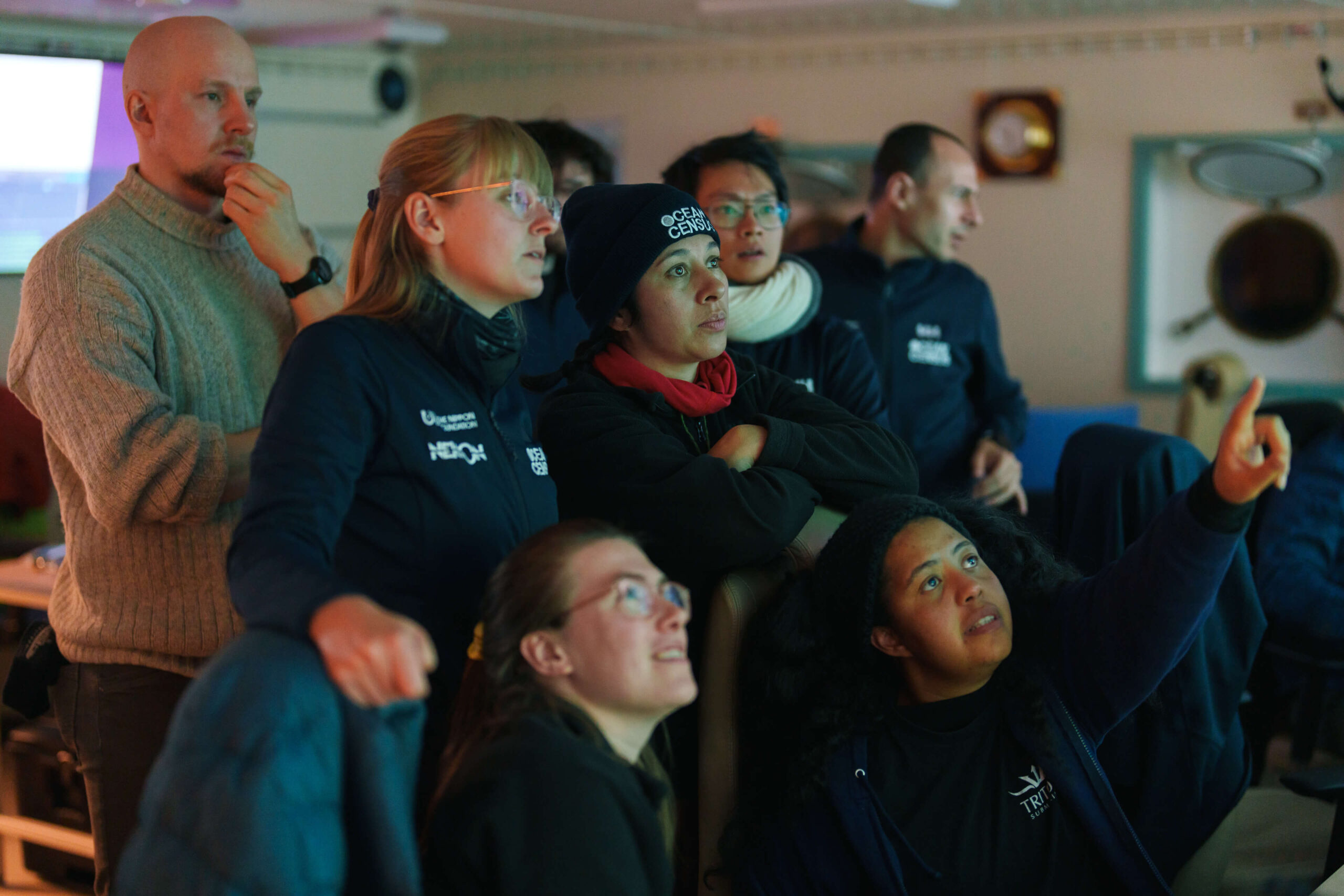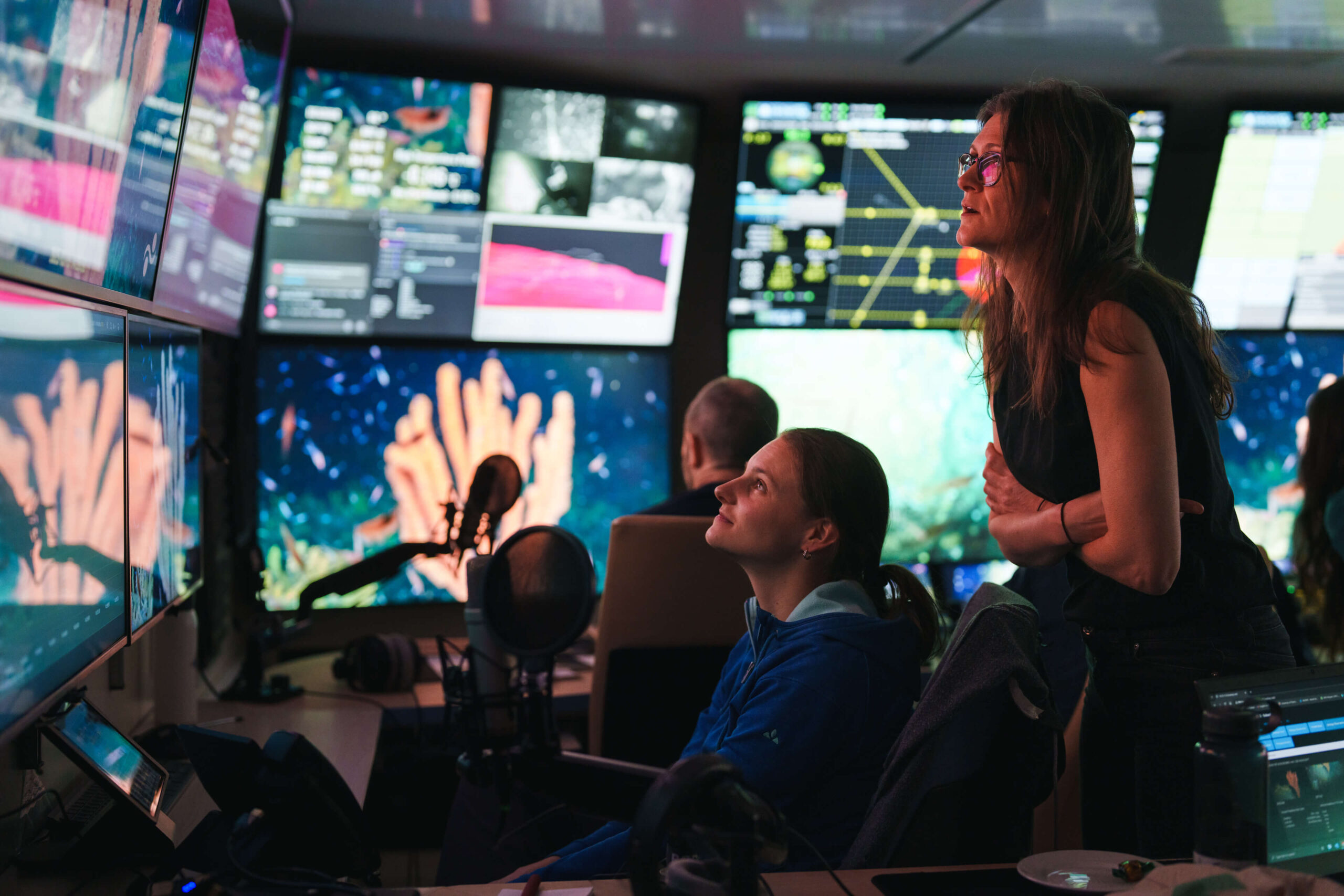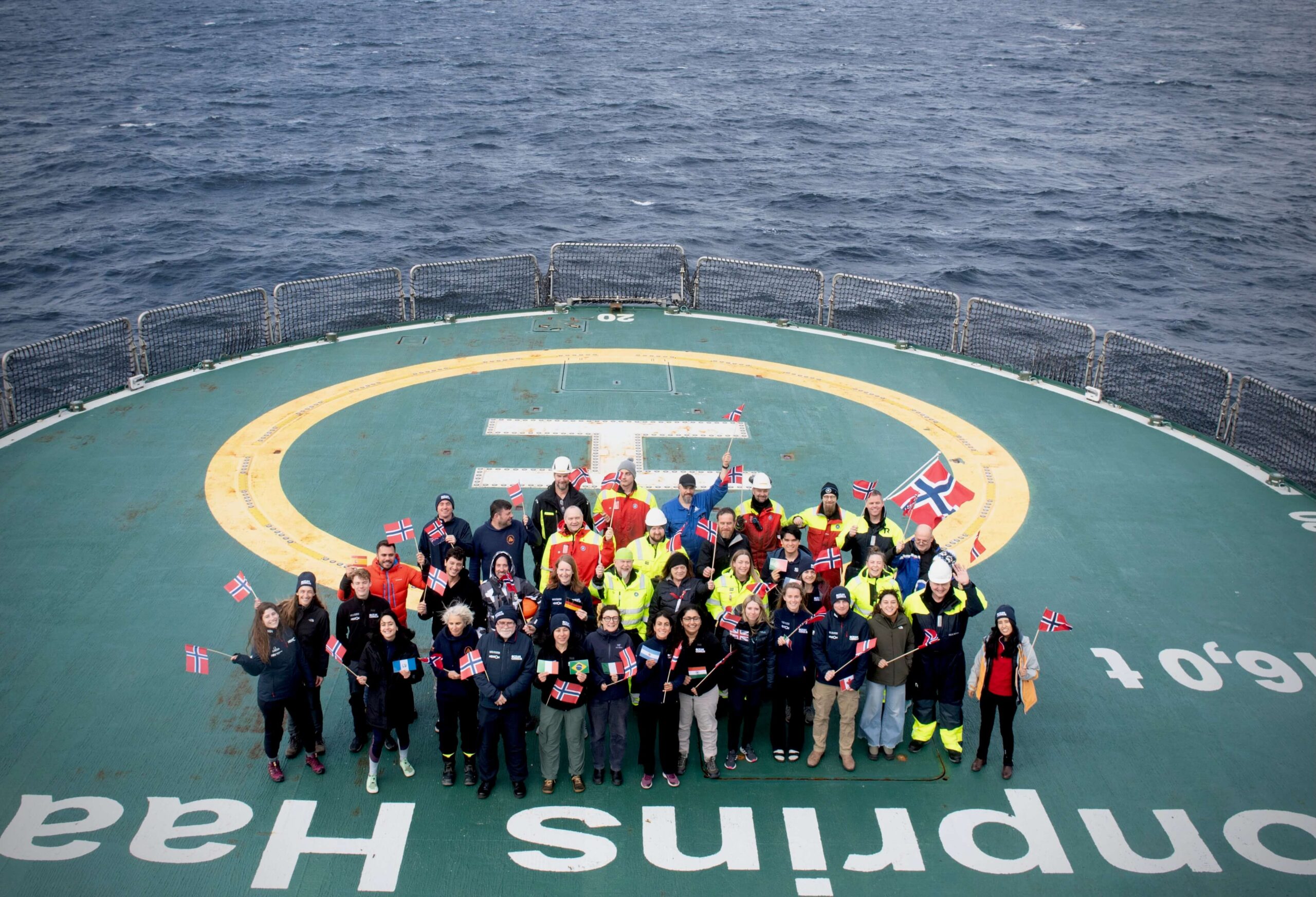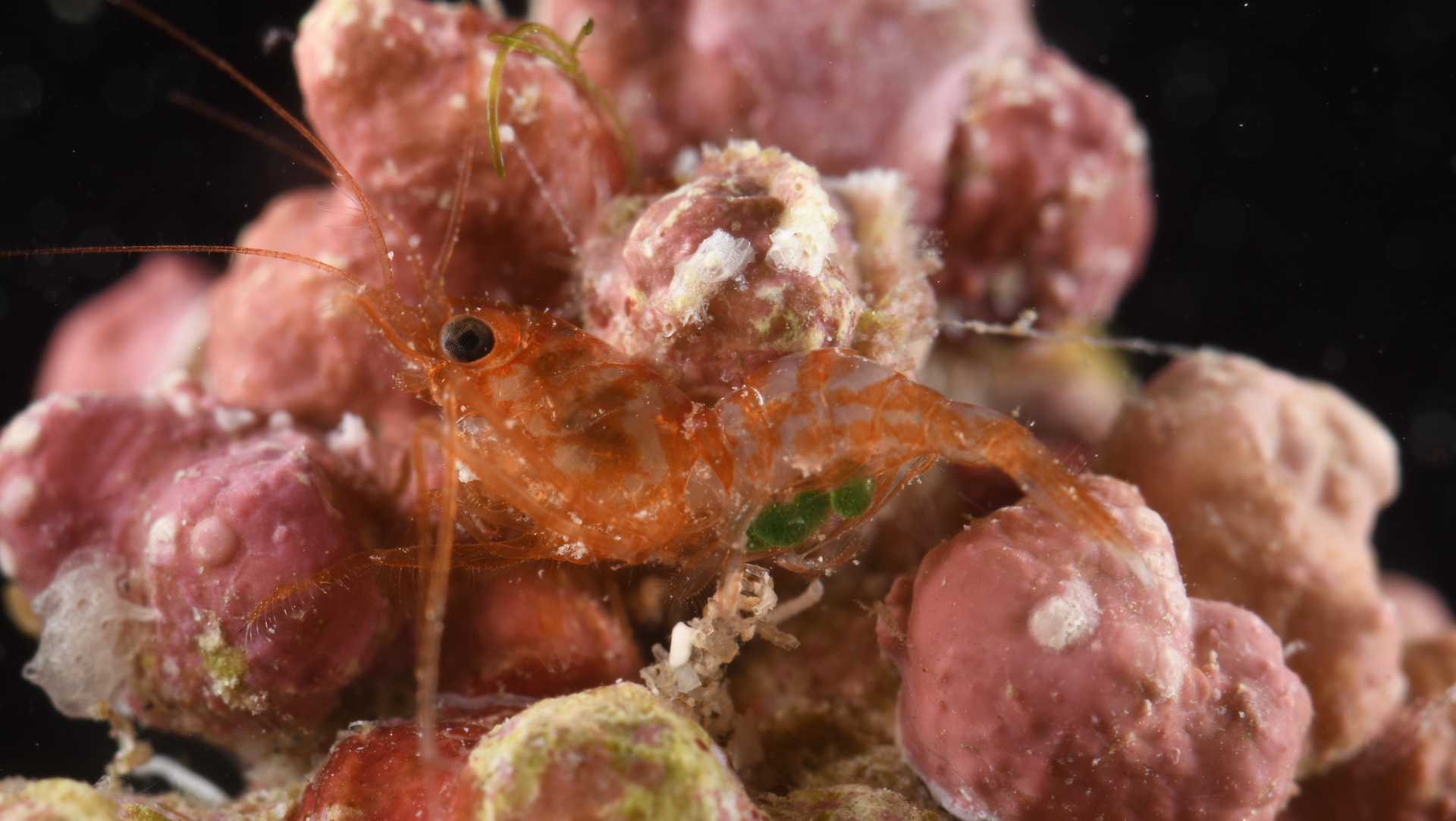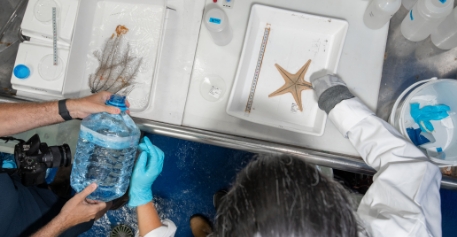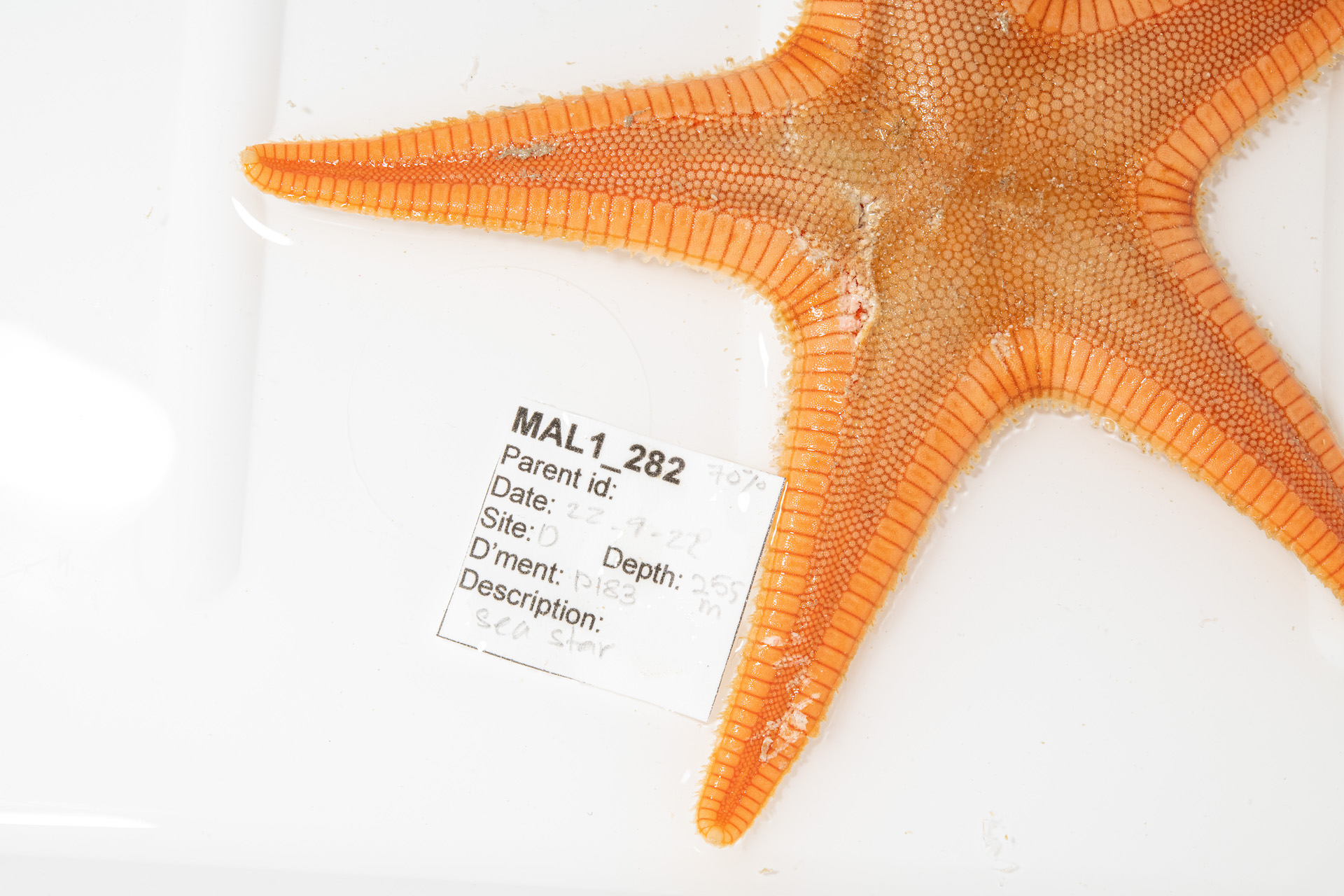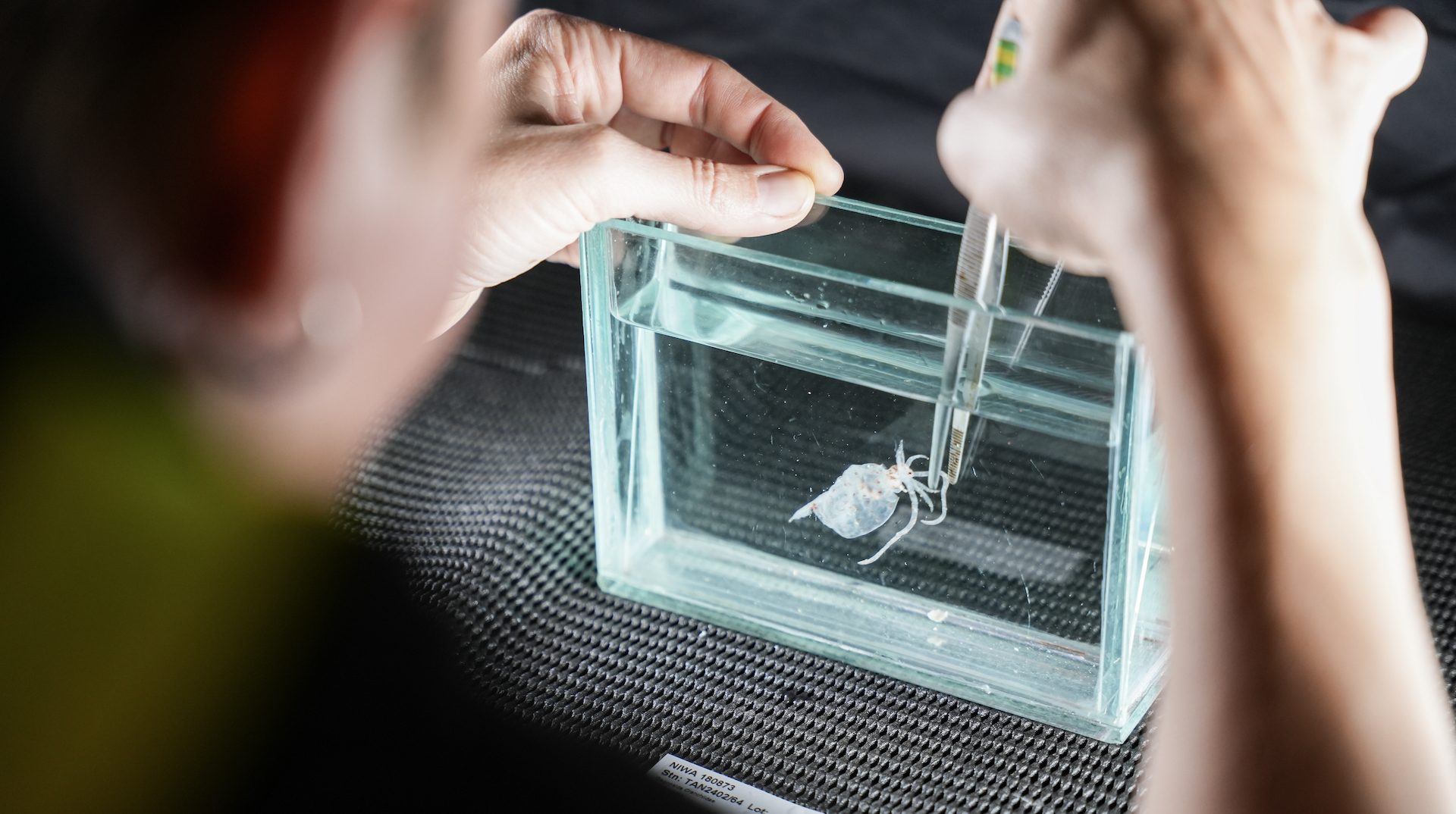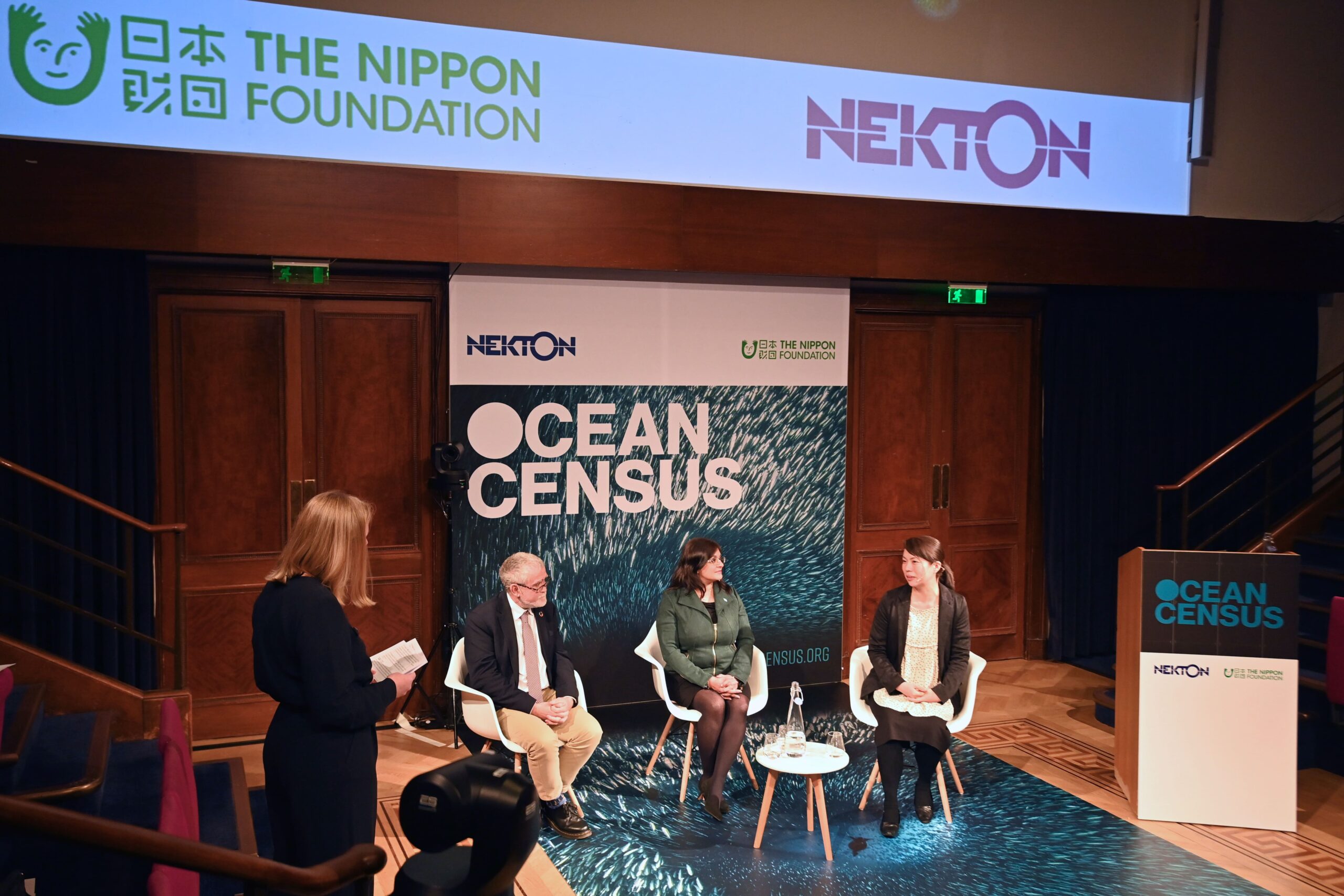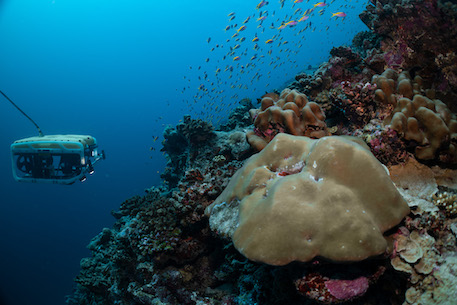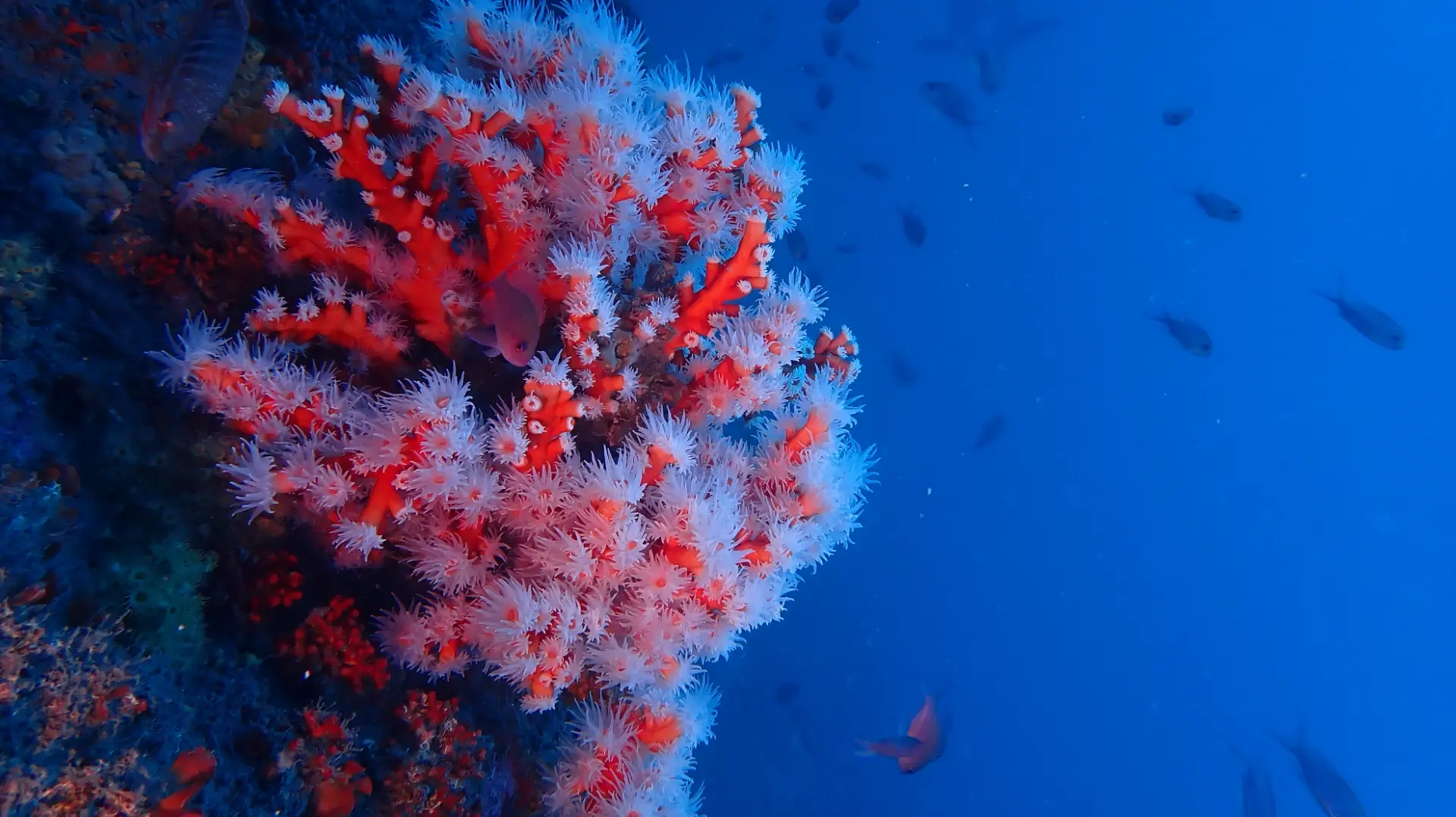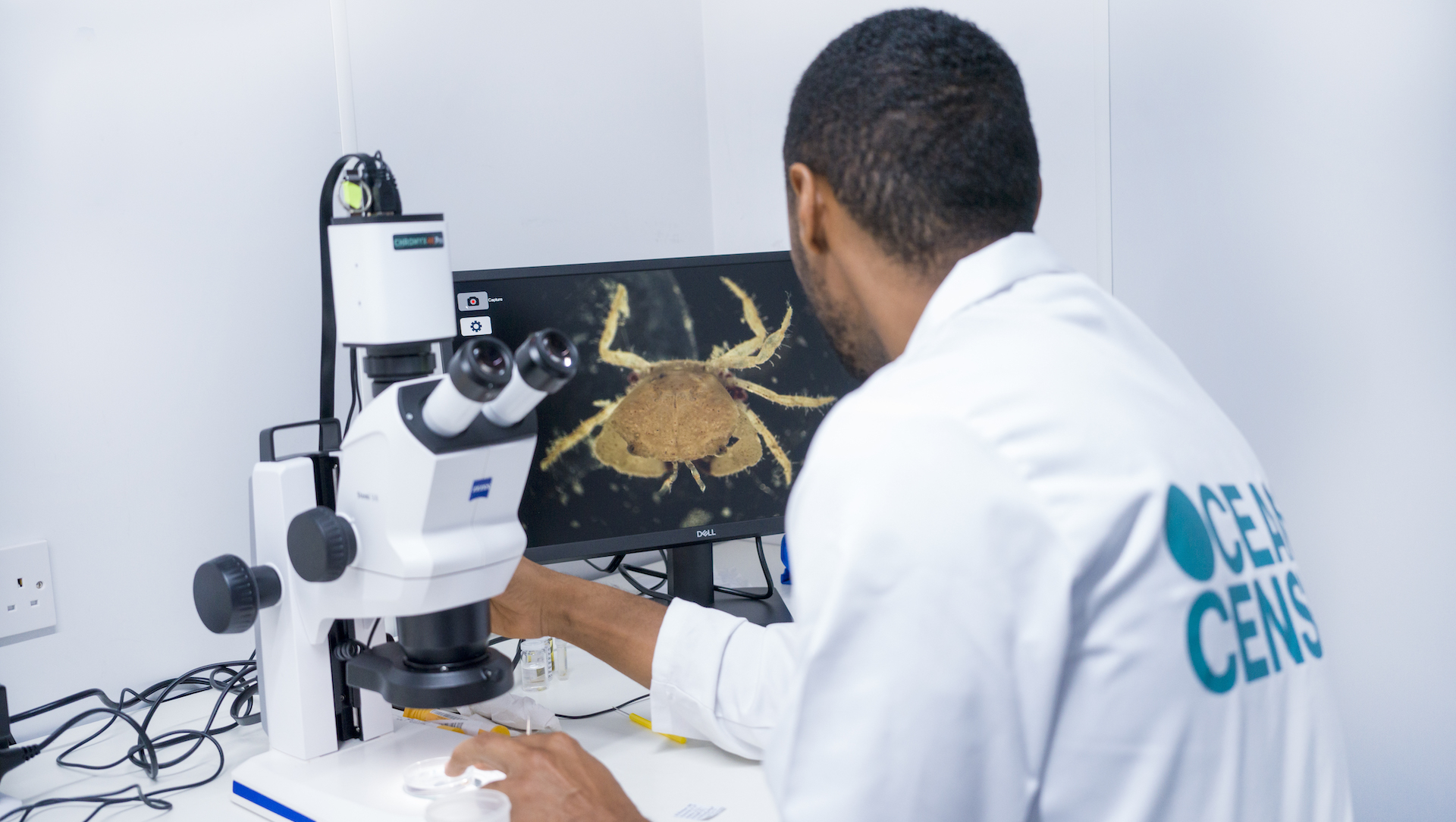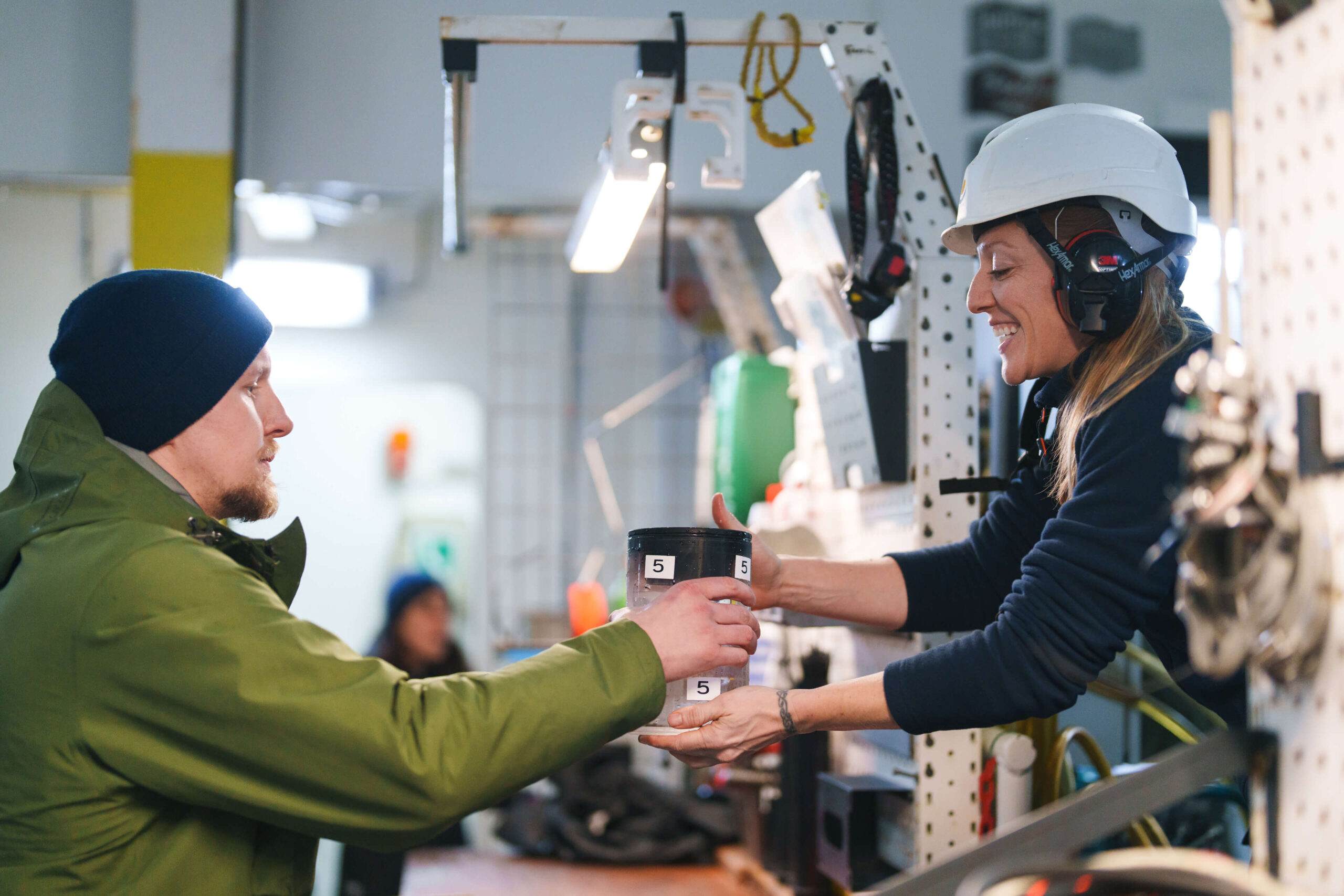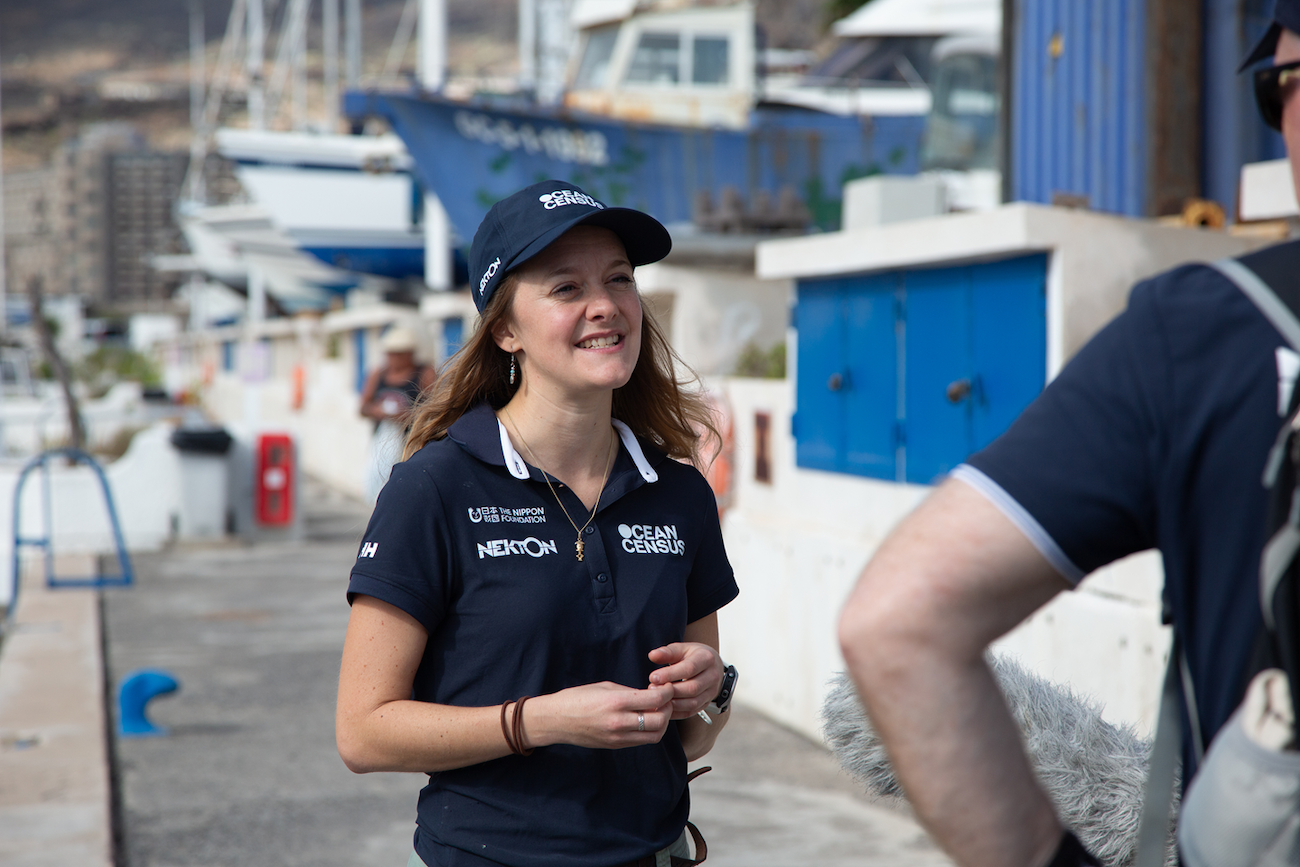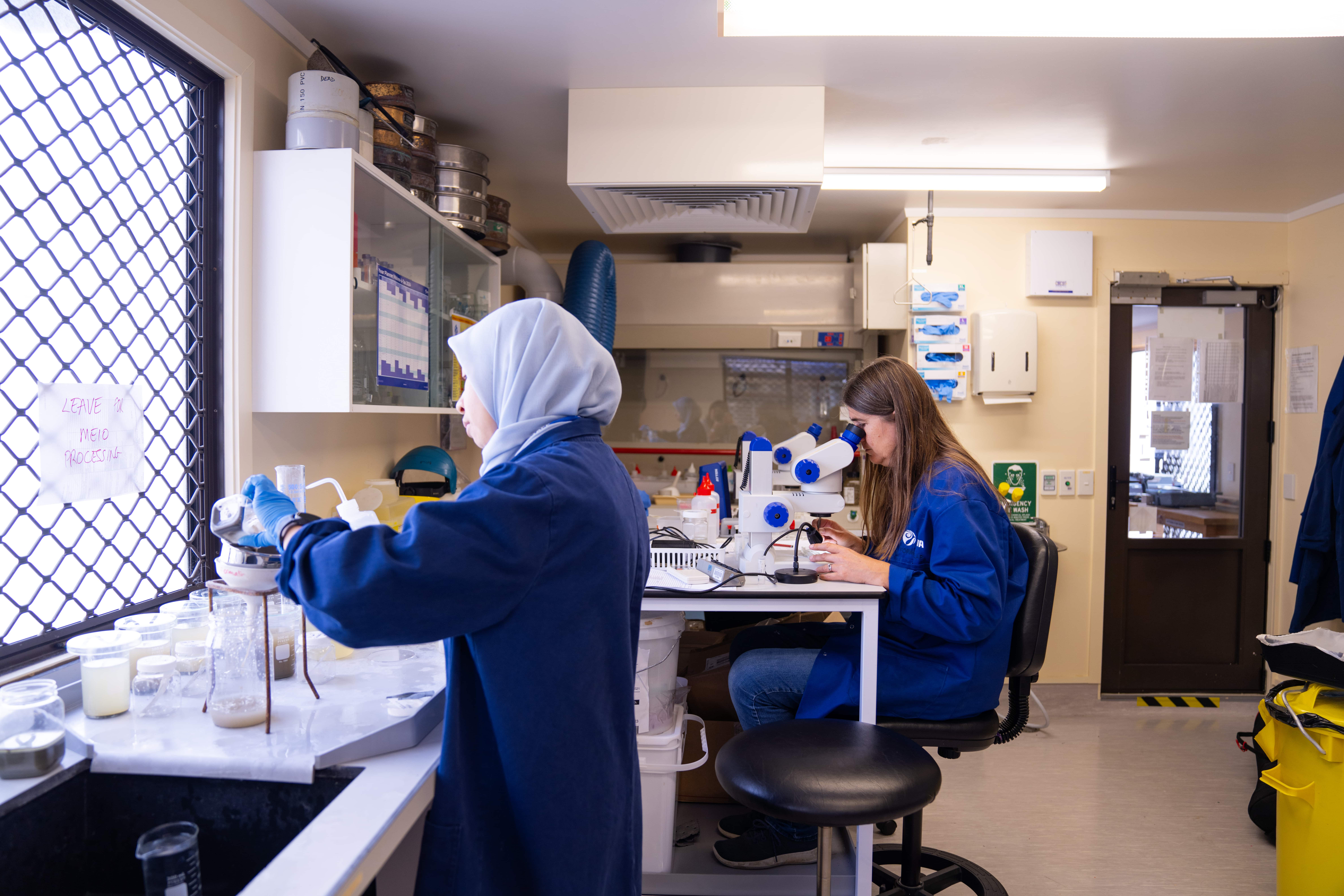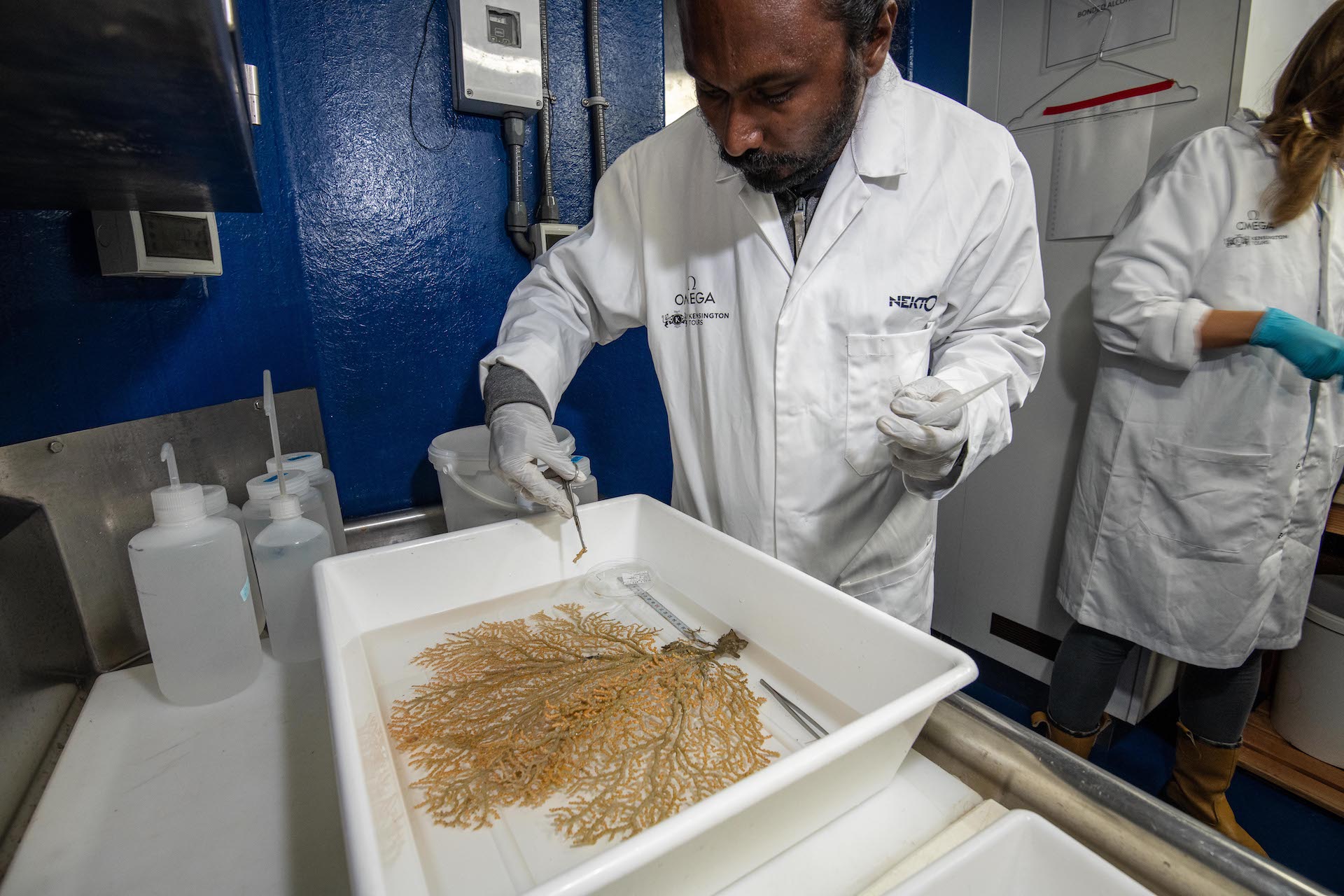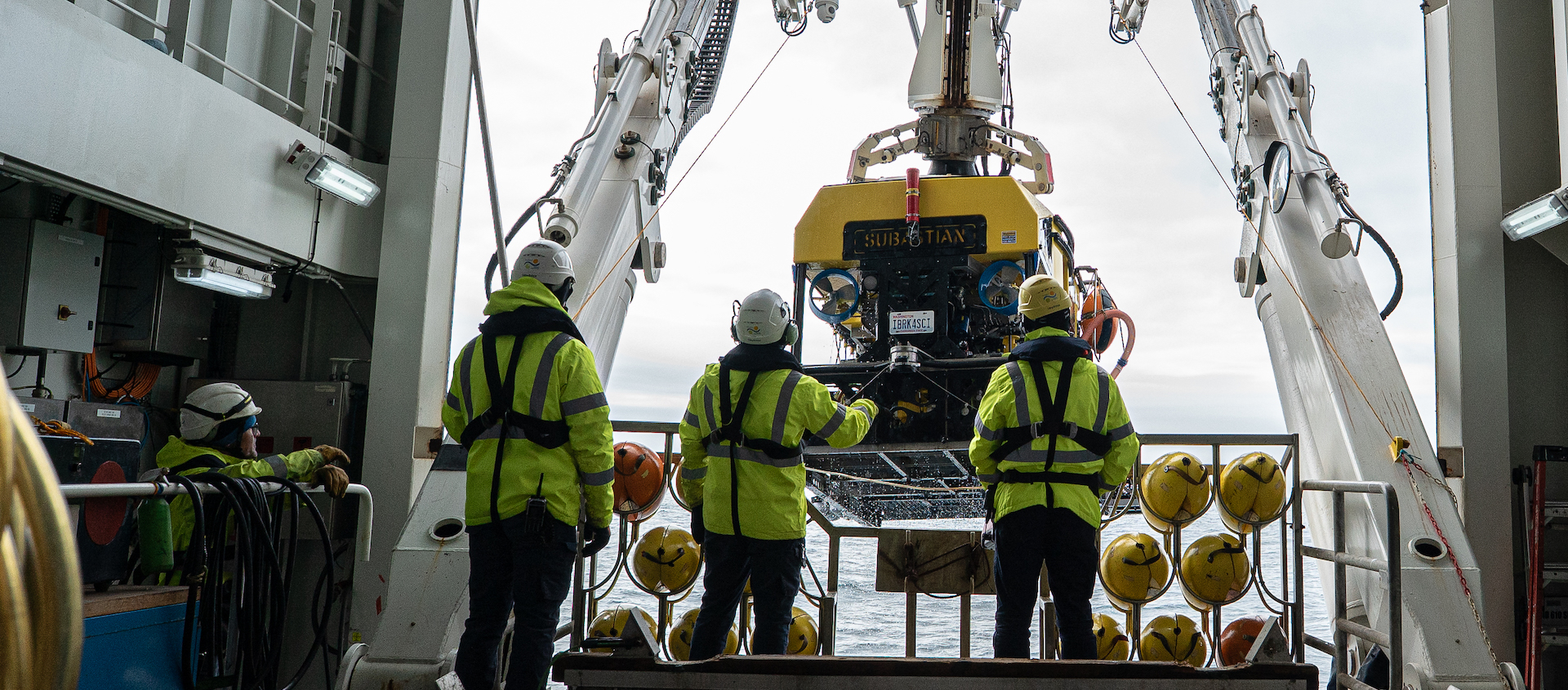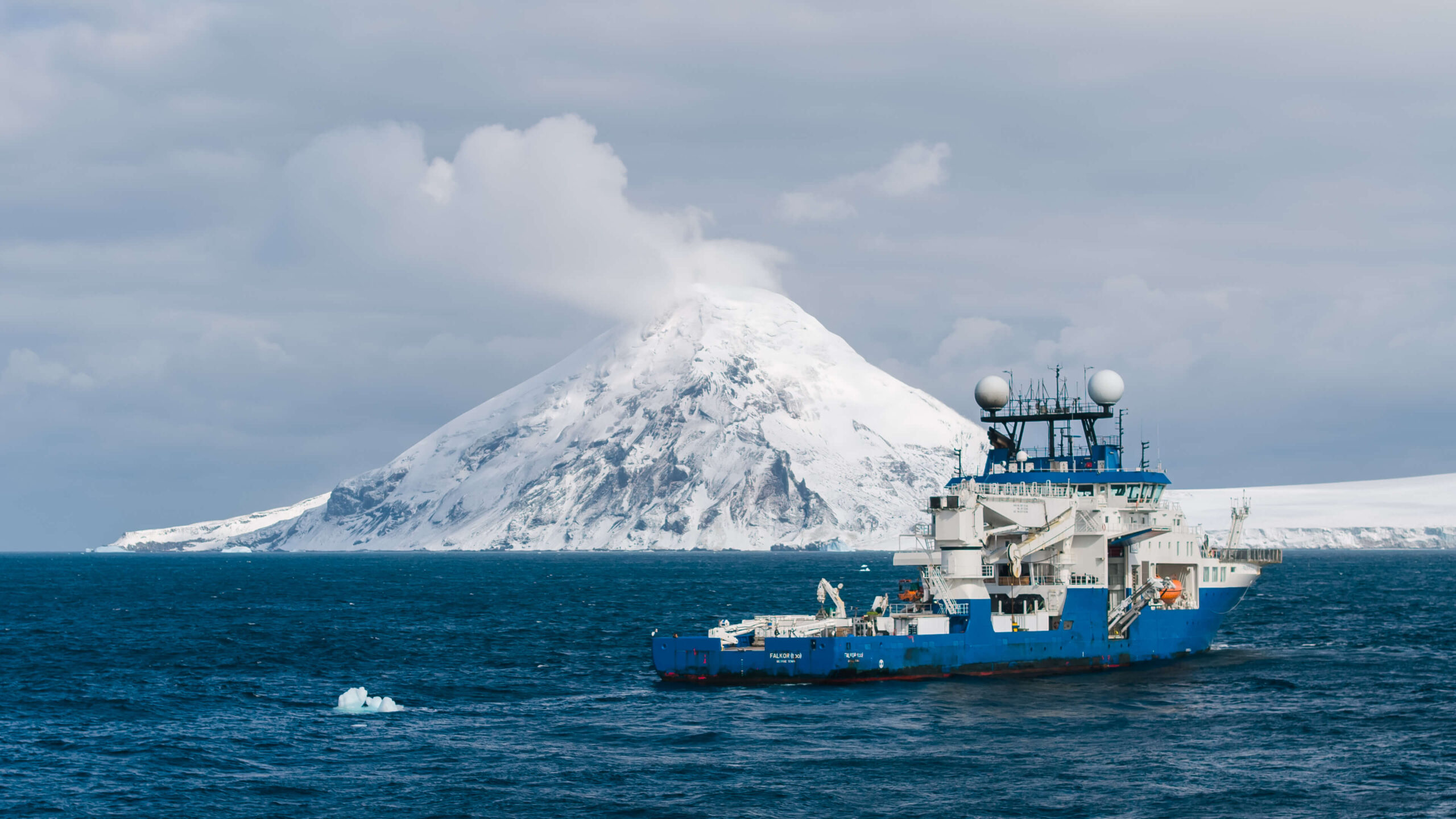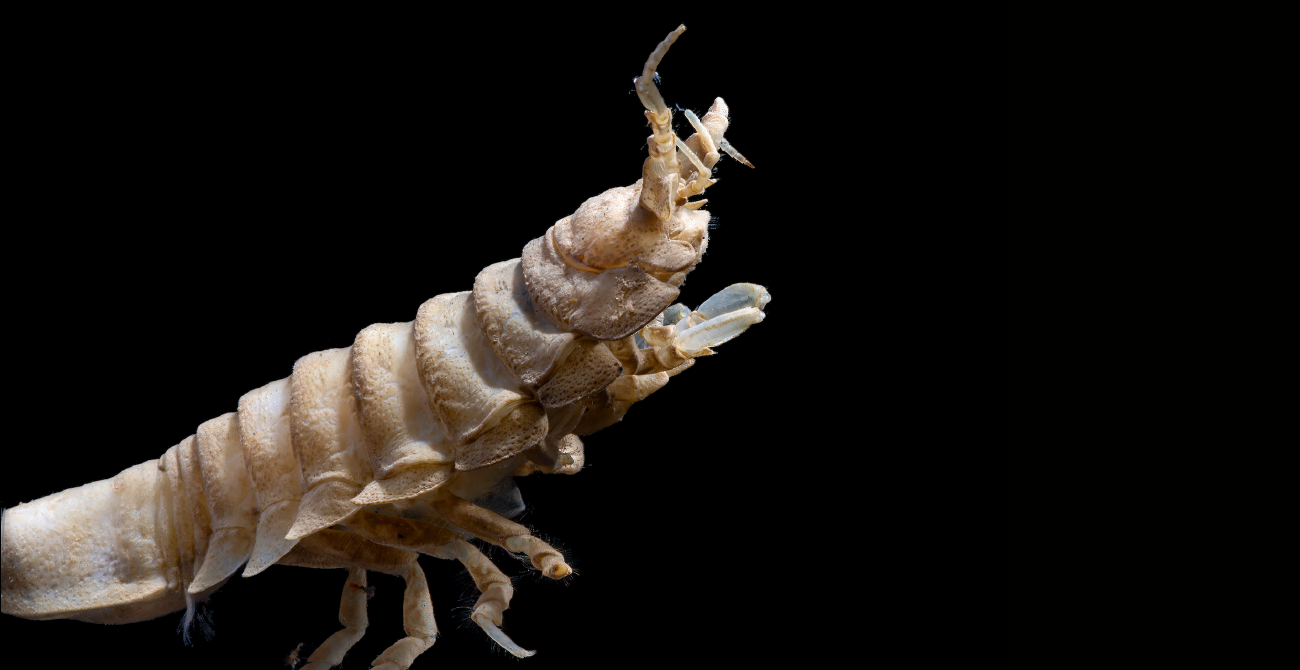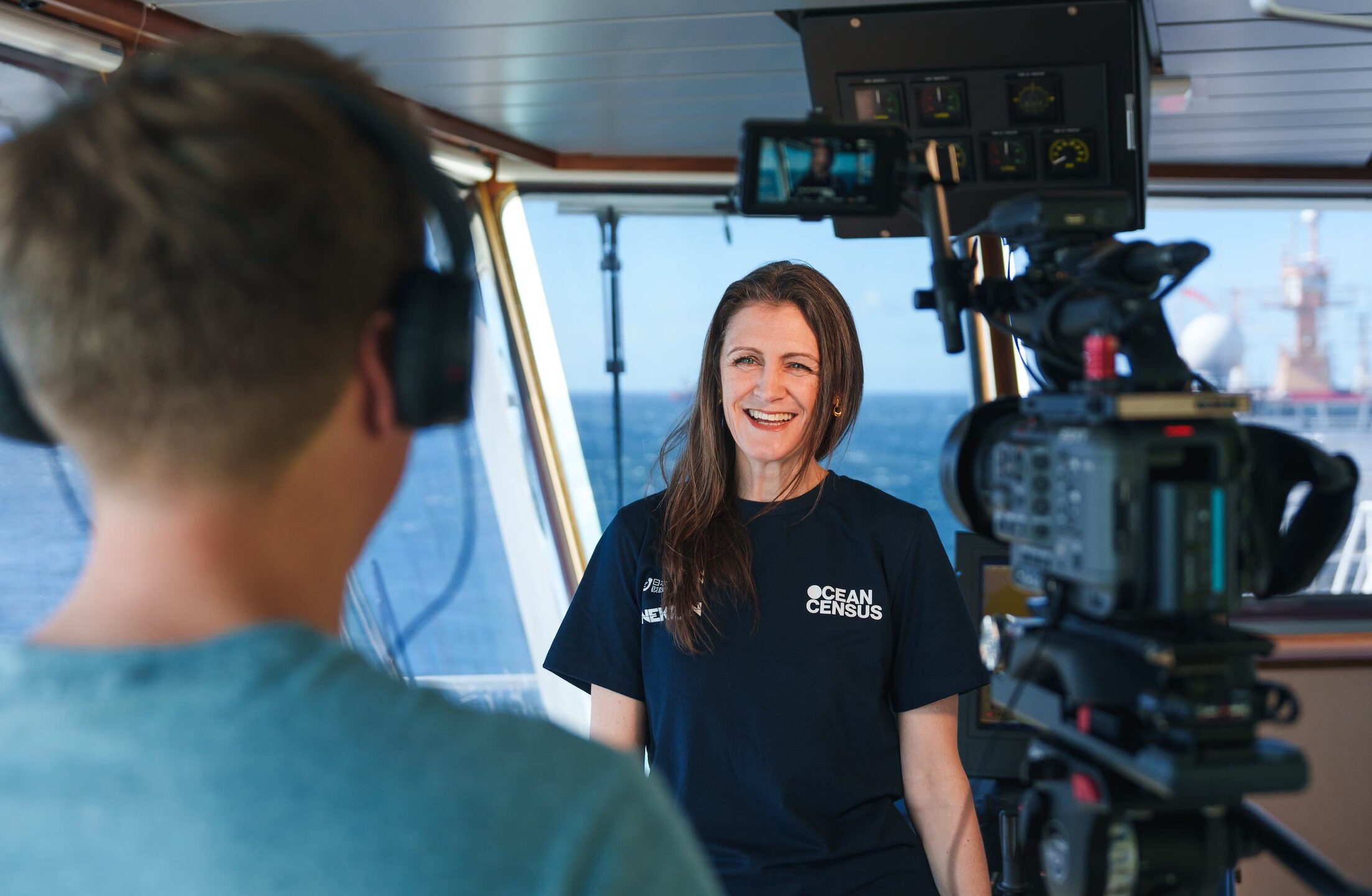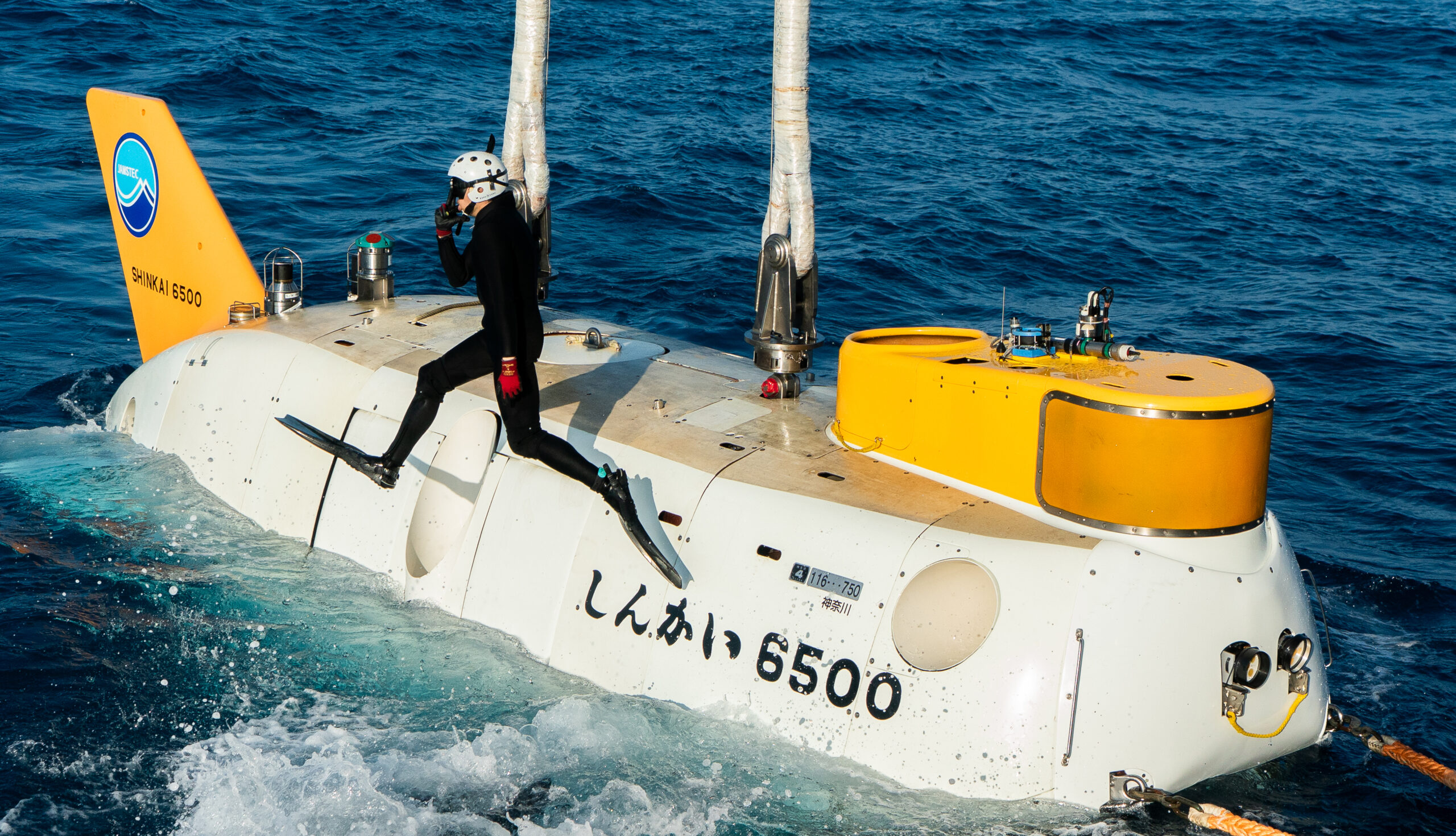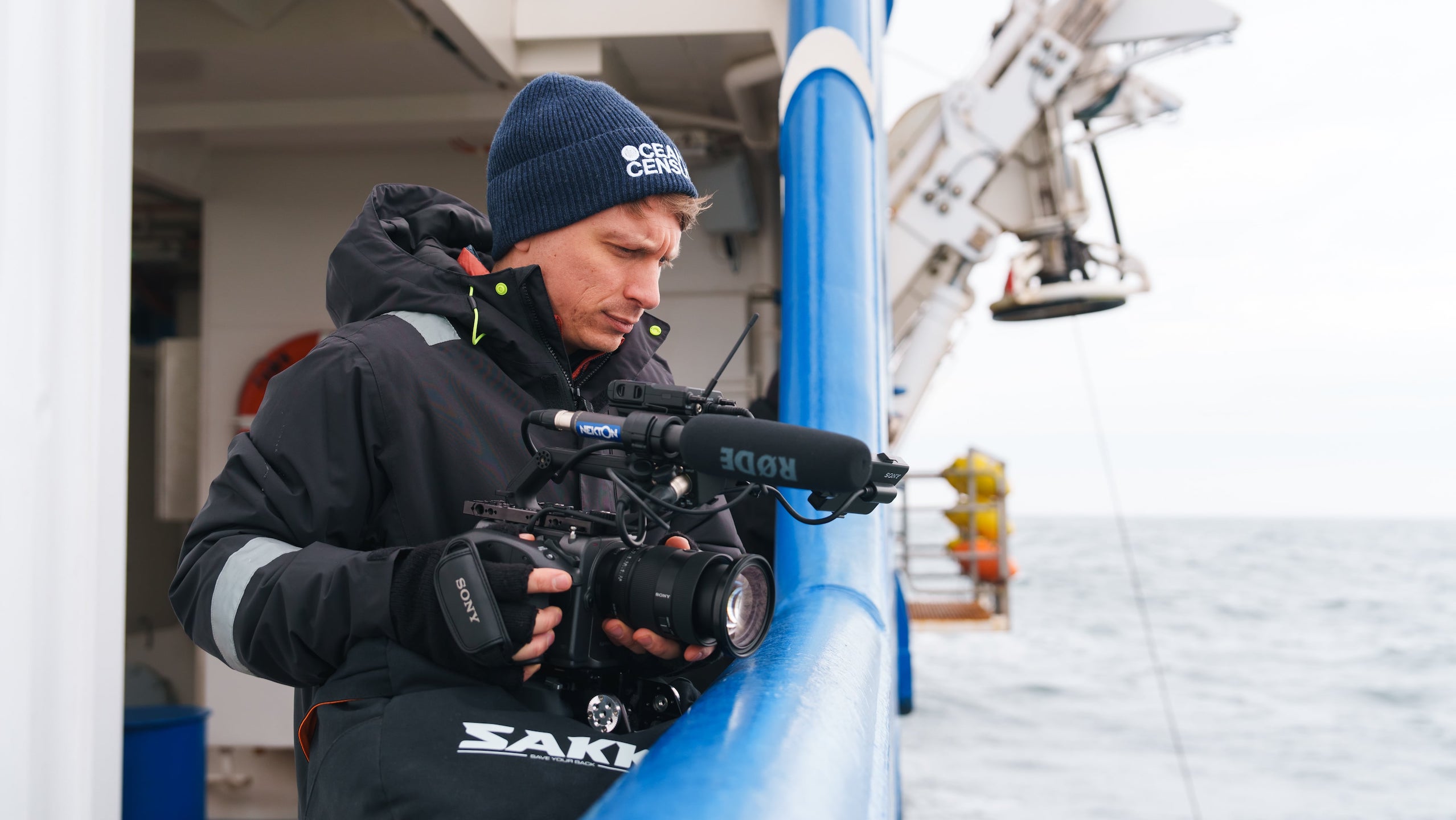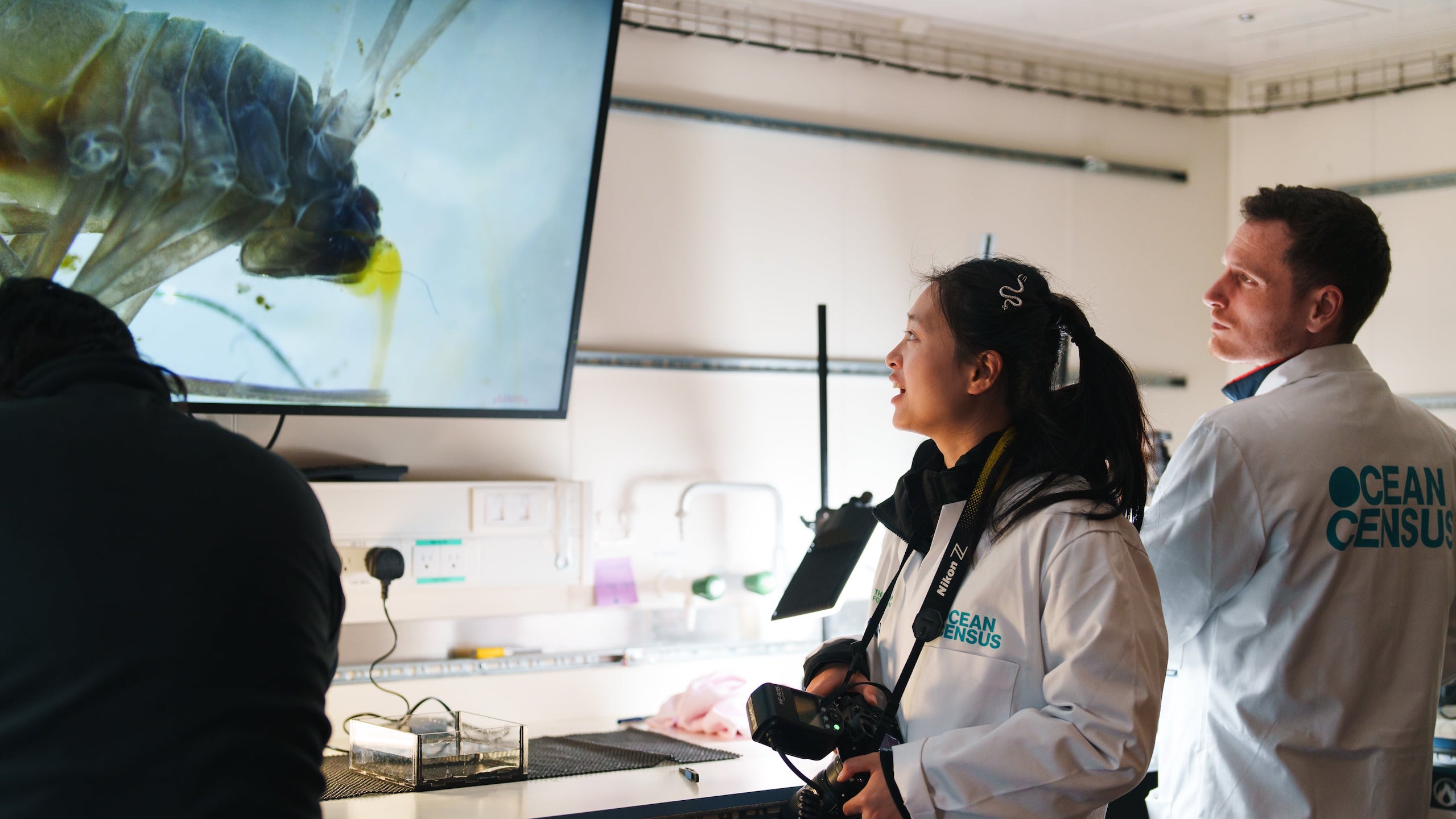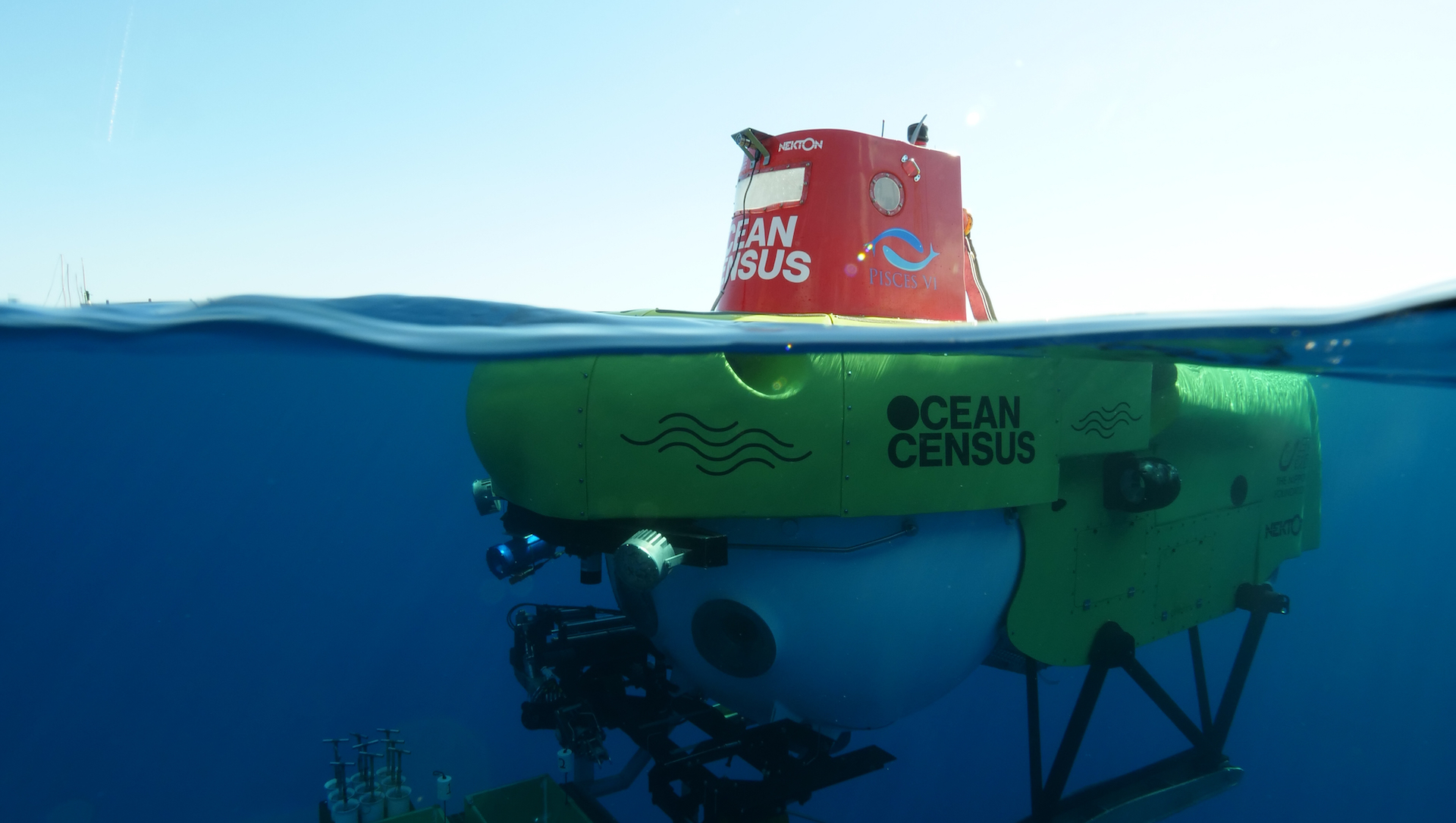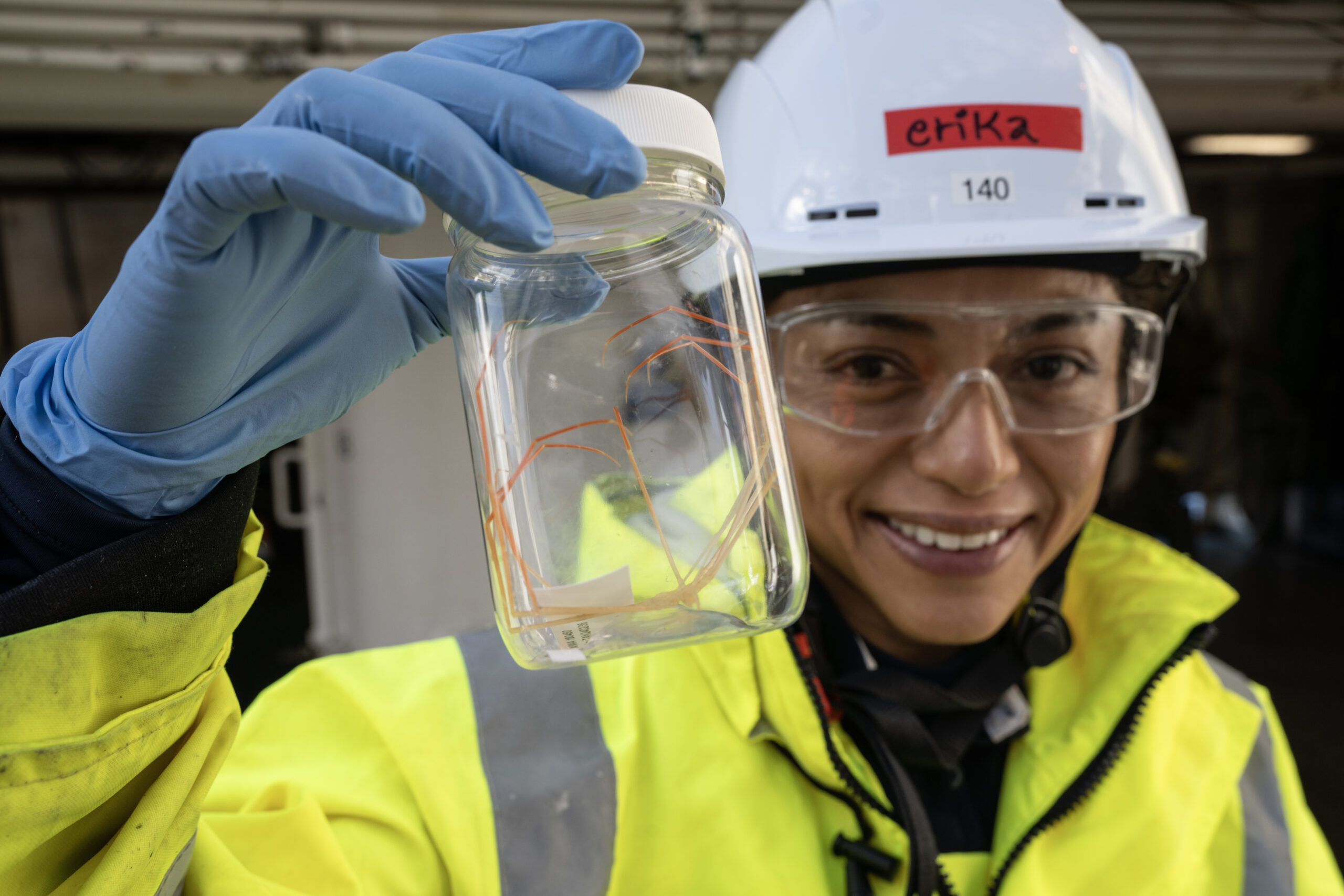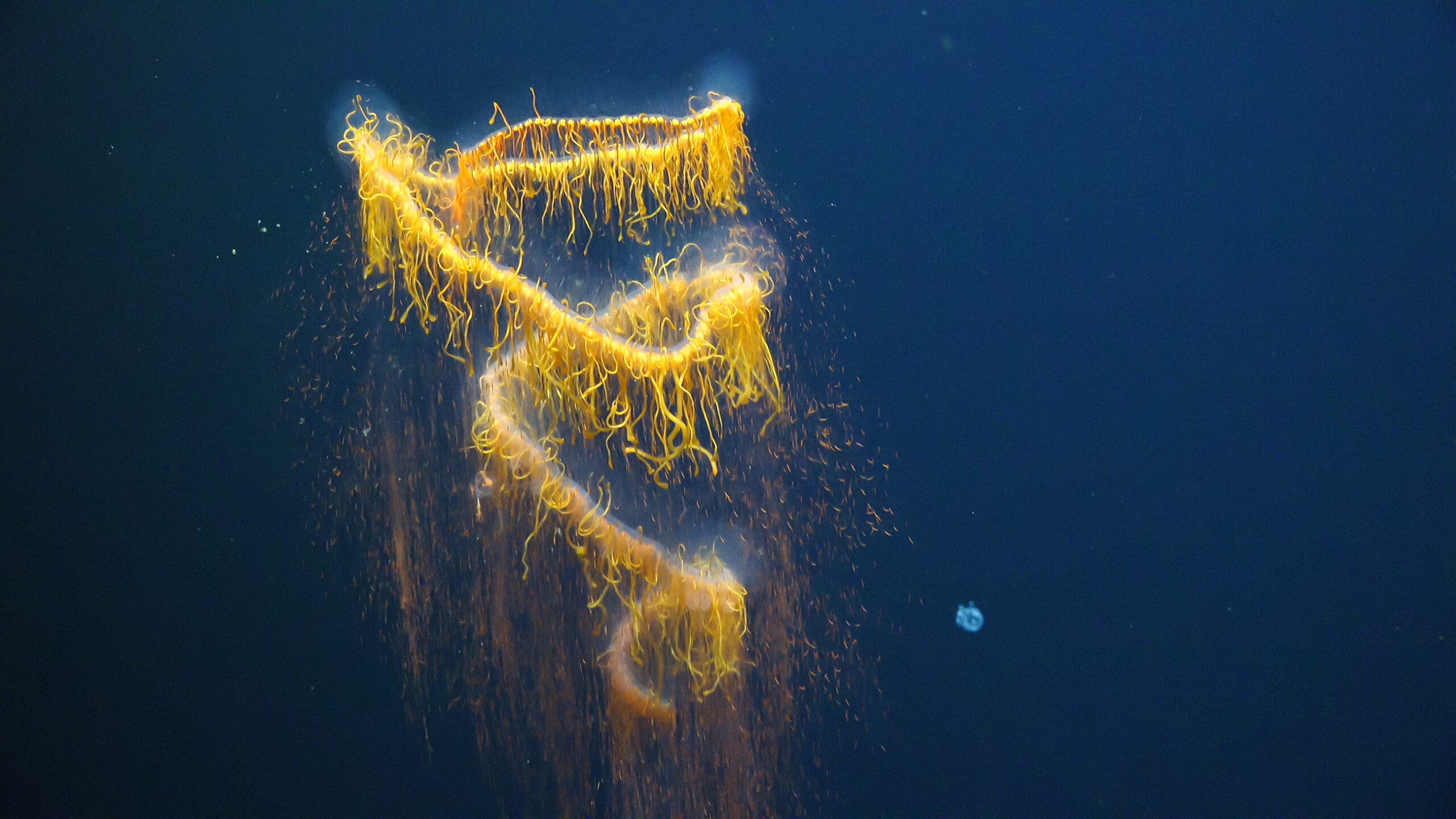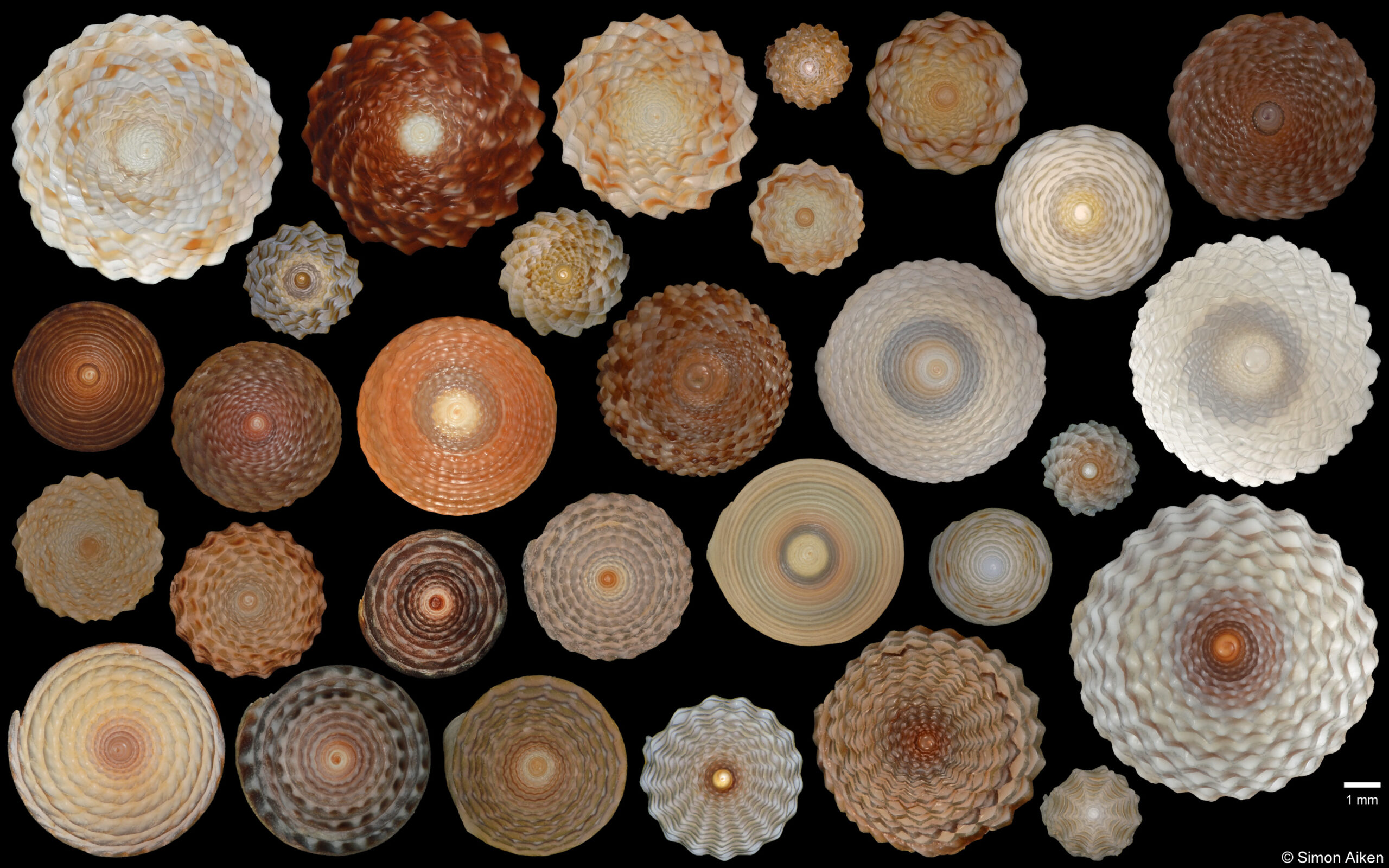
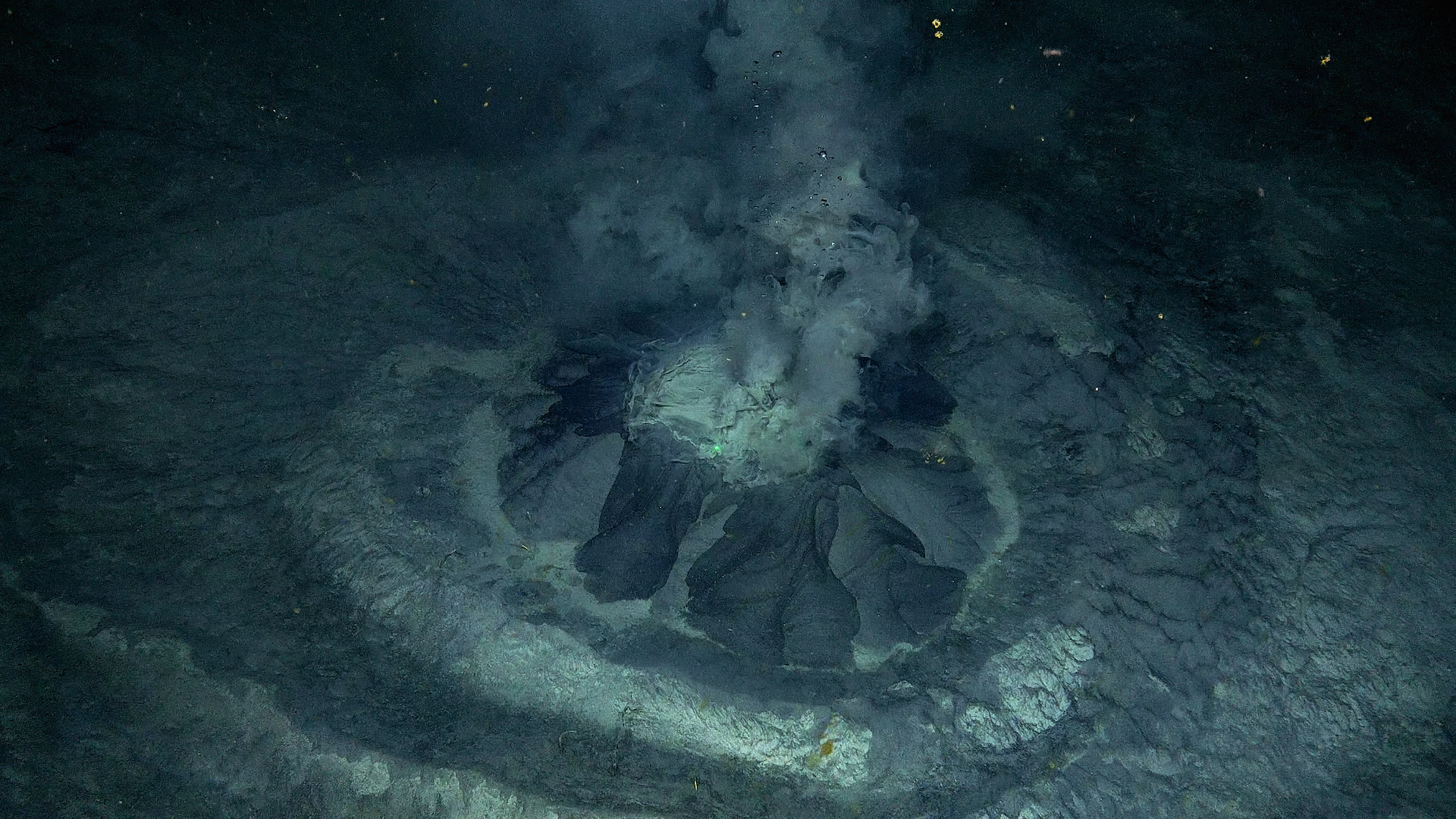
PAPER PUBLISHED: Sanctuary for vulnerable Arctic species at the newly discovered Borealis Mud Volcano
PAPER PUBLISHED
The Ocean Census participated in the Barents Sea, Arctic expedition to discover life living on the seafloor including around methane-rich, cold seeps, at 100 to 500 metre depths. Scientists including, Professor Alex Rogers and Denise Swanborn, and colleagues on the AKMA3 oceanographic expedition, have discovered a rare find; the second ever mud volcano within Norwegian waters, the Borealis Mud Volcano.
The underwater volcano was first discovered by researchers at UiT The Arctic University of Norway in 2023. The discovery received a lot of attention, and images of the volcano circulated around the world. Now researchers from UiT, in collaboration with REV Ocean, have finally published the results from an interdisciplinary investigation showing that Borealis mud volcano has a unique ecological role as a natural sanctuary for several marine species in the Barents Sea.
While some parts of the crater floor of Borealis appear inhospitable to a variety of organisms, the carbonate crusts – a type of mineral formed thousands of years ago – that characterised Borealis provide a suitably hard substrate for species like anemones, serpulids, demosponges, and sparse octocoral colonies. In addition, the carbonates offer both shelter and feeding opportunities, playing an important role in sustaining the local fish populations. The researchers observed large schools of commercially valuable species like saithe and various demersal species such as spotted wolffish, cod, four-bearded rockling, and redfish (Sebastes spp.) clustering around the jagged carbonate formations.
“The redfish, for instance, is red listed, and we don’t know the consequences if it would disappear. Borealis is an oasis where different species can thrive and flourish. Thus, preserving ecosystems such as the Borealis Mud Volcano is essential for maintaining biodiversity and understanding the interactions between geology, geochemistry and biology in marine environments. We need that understanding, among other things, considering that the Arctic seabed plays an important role in oil and gas extraction activities and the emerging deep-sea mining industry”
– says Professor Giuliana Panieri, lead author of the study recently published in Nature Communications.
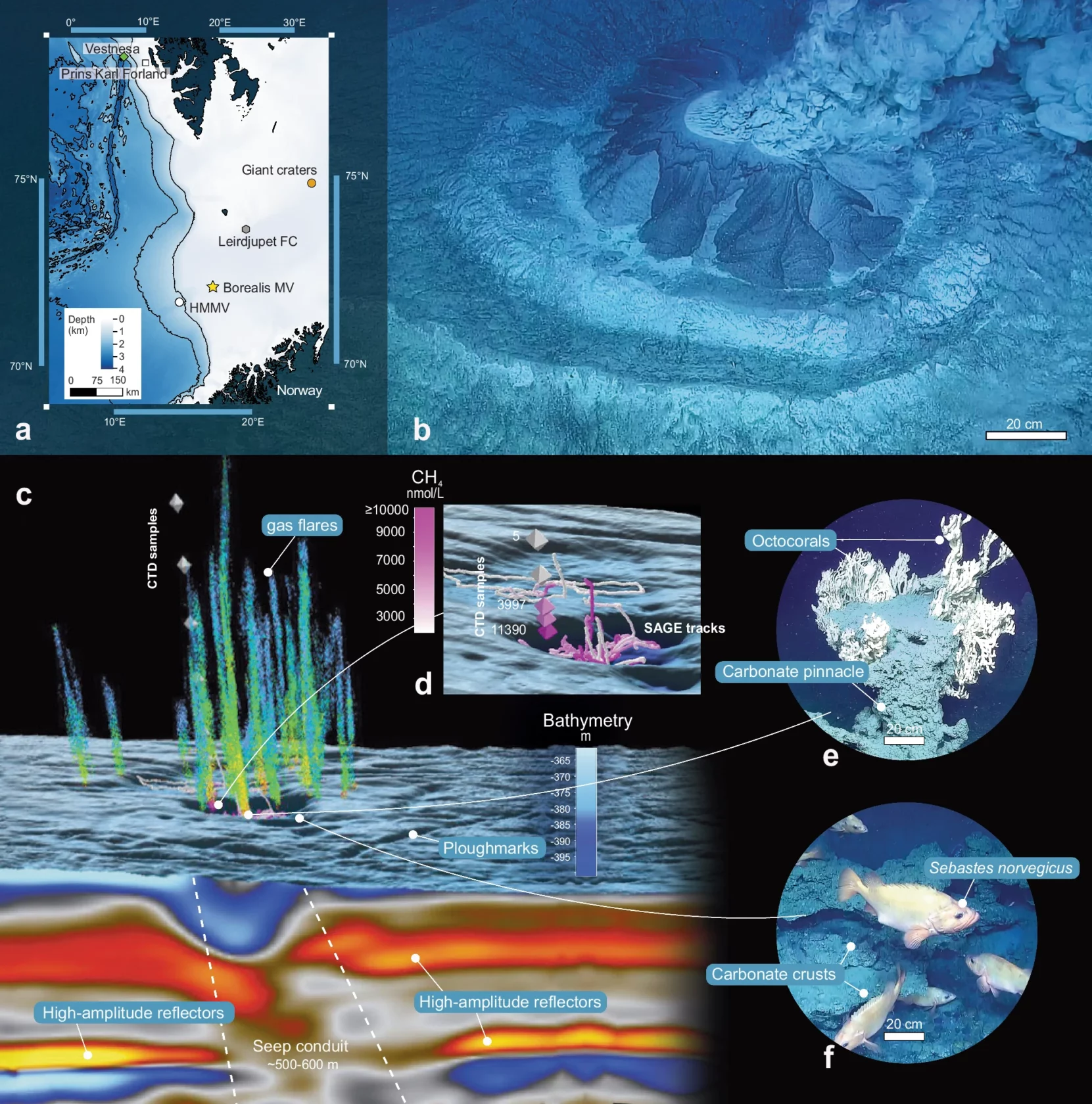
Onboard the research vessel Kronprins Haakon in May 2024, researchers confirmed the previous discoveries. Using the remotely operated vehicle, ROV Aurora, the research team was able to make a series of observations of the underwater volcano. Among other things, they saw that it warms the surroundings to 11.5 degrees Celsius, while the seabed usually has a temperature of around 4 degrees Celsius. The researchers also found sediments containing extinct, microscopic marine organisms from up to 2.5 million years ago and that small “mud cones” in the volcanic system are emitting vigorous methane-rich liquids. The fact that the seabed around the volcano is also characterised by extensive carbonate deposits indicates that methane has leaked out, probably for thousands of years.
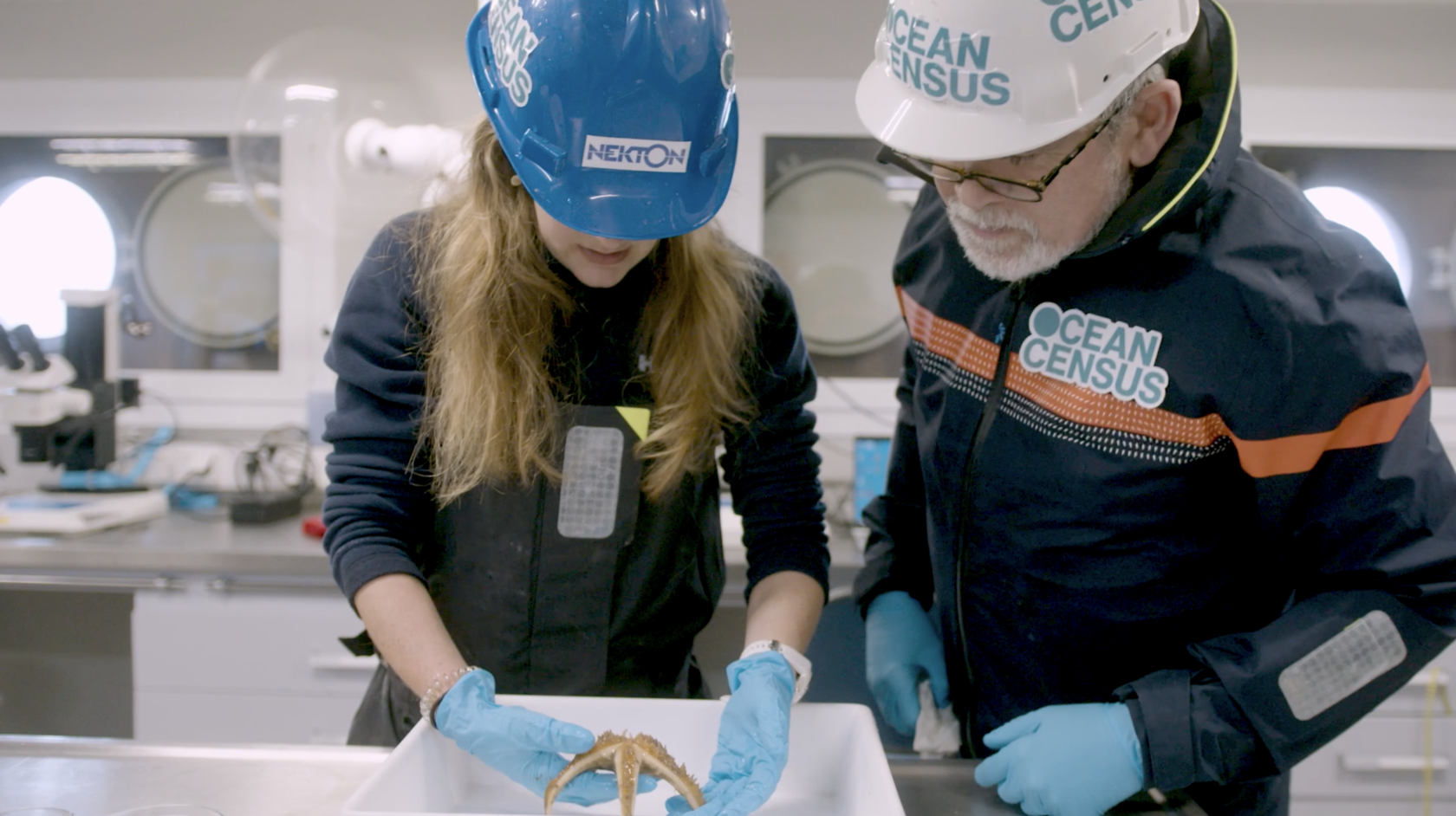
“The Borealis Mud Volcano is a unique geological and ecological phenomenon that provides a rare insight into the complex interactions between geological processes and marine ecosystems. It is important to preserve these unique habitats, which play a crucial role in maintaining marine biodiversity”
– says Professor Giuliana Panieri
In the longer term, Norway has committed to the 30×30 target (protecting 30% of land and sea by 2030) for spatial conservation measures of representative marine ecosystems, including in the deep sea. Protecting large areas of the deep-sea floor along the Norwegian margin may result in seep refugia acting as a source populations for wider recolonisation and restoration of benthic biological communities.
“The new findings show the power of international cooperation and how such cooperation can contribute to increasing our understanding of the world’s oceans”
– says Professor Giuliana Panieri
Read the Published Paper
Panieri, G., Argentino, C., Savini, A. et al. Sanctuary for vulnerable Arctic species at the Borealis Mud Volcano. Nat Commun 16, 504 (2025). https://doi.org/10.1038/s41467-024-55712-x
The international team involved in the research, led by UiT The Arctic University of Norway:
Related Posts
Join the census
The Ocean Census Alliance unites national and philanthropic marine institutes, museums, and universities, backed by governments, philanthropy, business and civil society partners.
